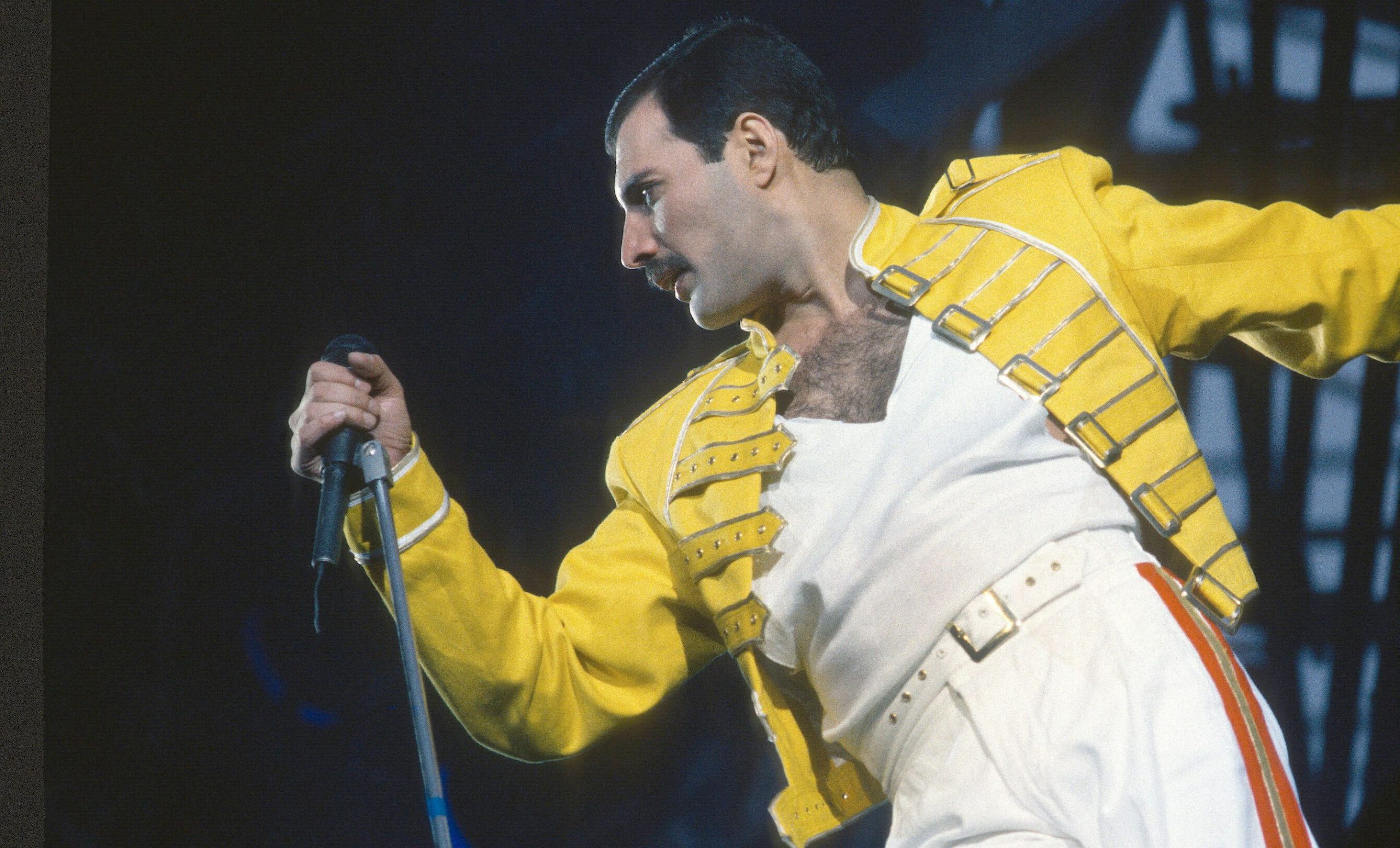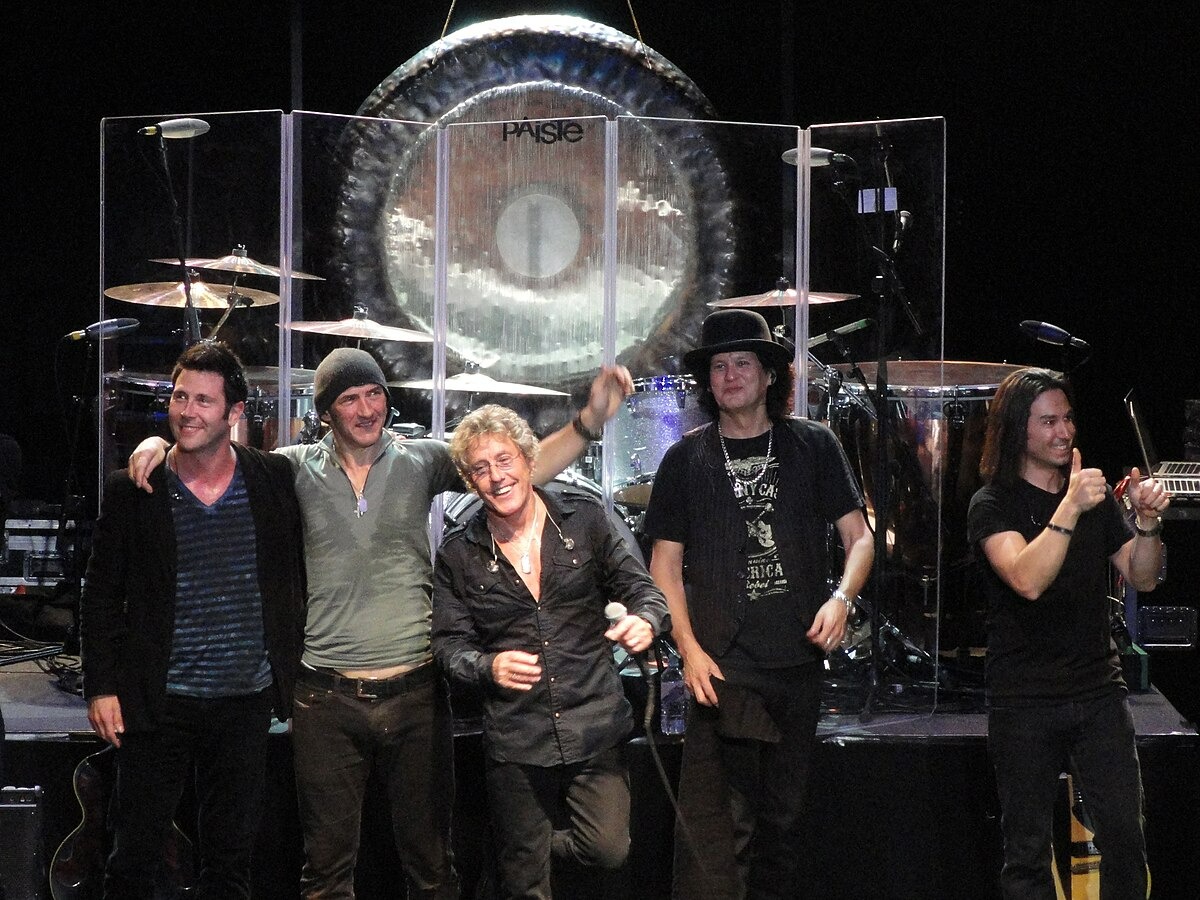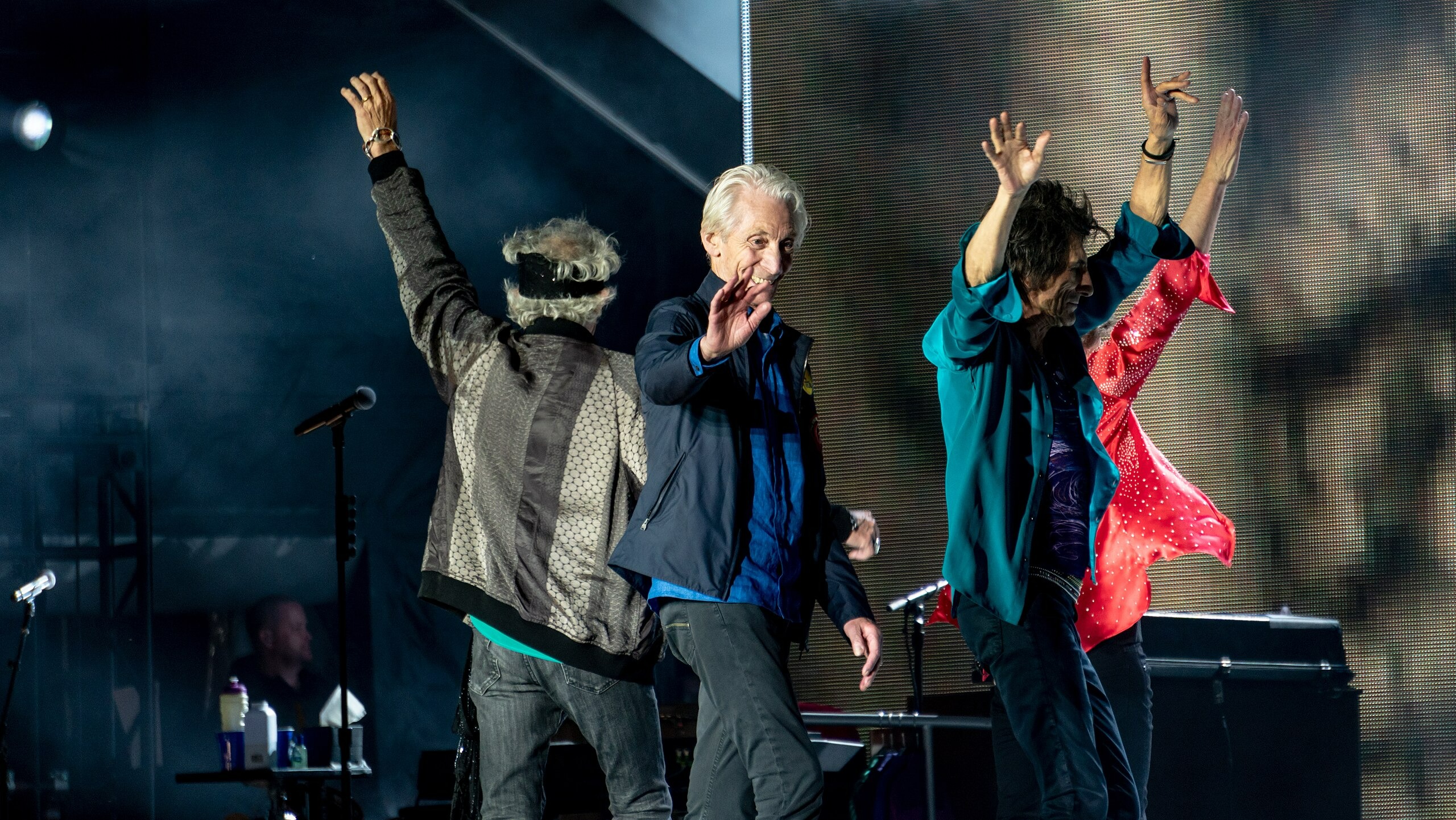Your Spotify algorithm probably can’t categorize “Bohemian Rhapsody.” That’s exactly what Freddie Mercury intended when he spent the late 1960s through 1975 crafting what he called “the amalgamation of three separate songs.” While today’s artists chase TikTok-friendly hooks, Mercury was engineering a six-minute journey that defied every commercial convention—and somehow became one of rock’s most enduring anthems.
The Technical Revolution Behind the Magic
Mercury’s vision required technology pushed beyond its limits. Recording across legendary studios from Ridge Farm to Rockfield, Queen utilized cutting-edge 24-track analog equipment that few artists could access. The operatic middle section alone involved 160-180 vocal overdubs, with Mercury, Brian May, and Roger Taylor layering harmonies until the tape literally wore thin from repeated use.
Producer Roy Thomas Baker witnessed Mercury’s meticulous blueprint unfold. Each vocal layer was precisely mapped before they entered the studio, contradicting the myth of spontaneous creation. This wasn’t happy accident—it was architectural planning applied to sound engineering.
Decoding Mercury’s Intentional Mystery
Mercury deliberately obscured the song’s meaning, telling interviewers it was simply “about relationships” with “a bit of nonsense in the middle.” Yet critics consistently hear a confession-to-redemption narrative: young man kills someone, sells his soul, seeks forgiveness. The biographical reading resonates deeper—Mercury potentially “killing” his inauthentic self while navigating sexuality and public persona.
Your connection to Queen‘s “Bohemian Rhapsody” proves Mercury’s gamble worked. By refusing to explain everything, he created space for personal interpretation—the kind of artistic courage that modern streaming metrics actively discourage but audiences still crave.


























